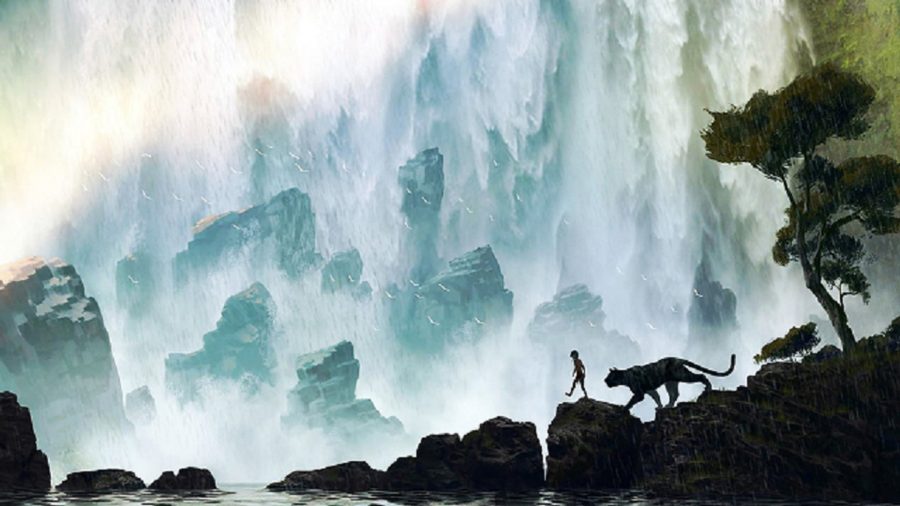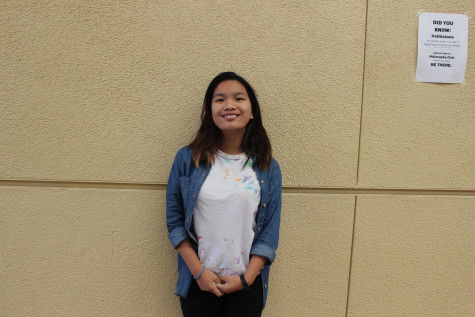Rudyard Kipling’s “The Jungle Book” left the pages on April 15 for its debut on the big screen.
Directed by Jon Favreau and screenplay written by Justin Marks, this live action and CGI combination captivated the audience with its attention to plot and character design. The realistic depictions achieved through CGI was worth the extra money spent for 3D or XD. The 2016 adaption created lifelike animal characters that only drew the audience in as they walked and talked like real jungle creatures. The movie set a new expectation for live-action and CGI combination films.
In cases like “The Jungle Book,” visuals made up a large portion of the awe factor, but the actors held their own in this intricate cinema combination.
While child actors don’t have much experience, Neel Sethi’s depiction of Mowgli was accurate to the young character and balanced well with the notorious animal voice cast. With Ben Kingsley voicing Bagheera and Bill Murray voicing Baloo, the movie balanced the serious plot with humorous banter.
Like most Disney movies, “The Jungle Book” featured tributes to the original adaption. The tunes that made the 2016 cut weren’t needed, but classic songs like “The Bare Necessities” and “I Wanna Be Like You” made the audience smile.
However, the intense chase scenes coupled with the realistic depictions of fearsome beasts produced gasps and jumps even from an adult audience. Favreau’s version of this children’s movie wasn’t child-like and scared even adults. It wasn’t the typical feel good Disney movie one would expect from “The Jungle Book.”
While the CGI was mesmerizing, the movie was too short for plot to actually build without feeling rushed.
While the physical depictions of the animals were lifelike, the intricate social hierarchy between species was carelessly executed.
“The Jungle Book,” like all movies, had noticeable flaws. However, the 2016 version is a milestone in cinema technique that anyone with an interest in theater, animals, or old Disney movies should see.
[star rating=”3.5″]


